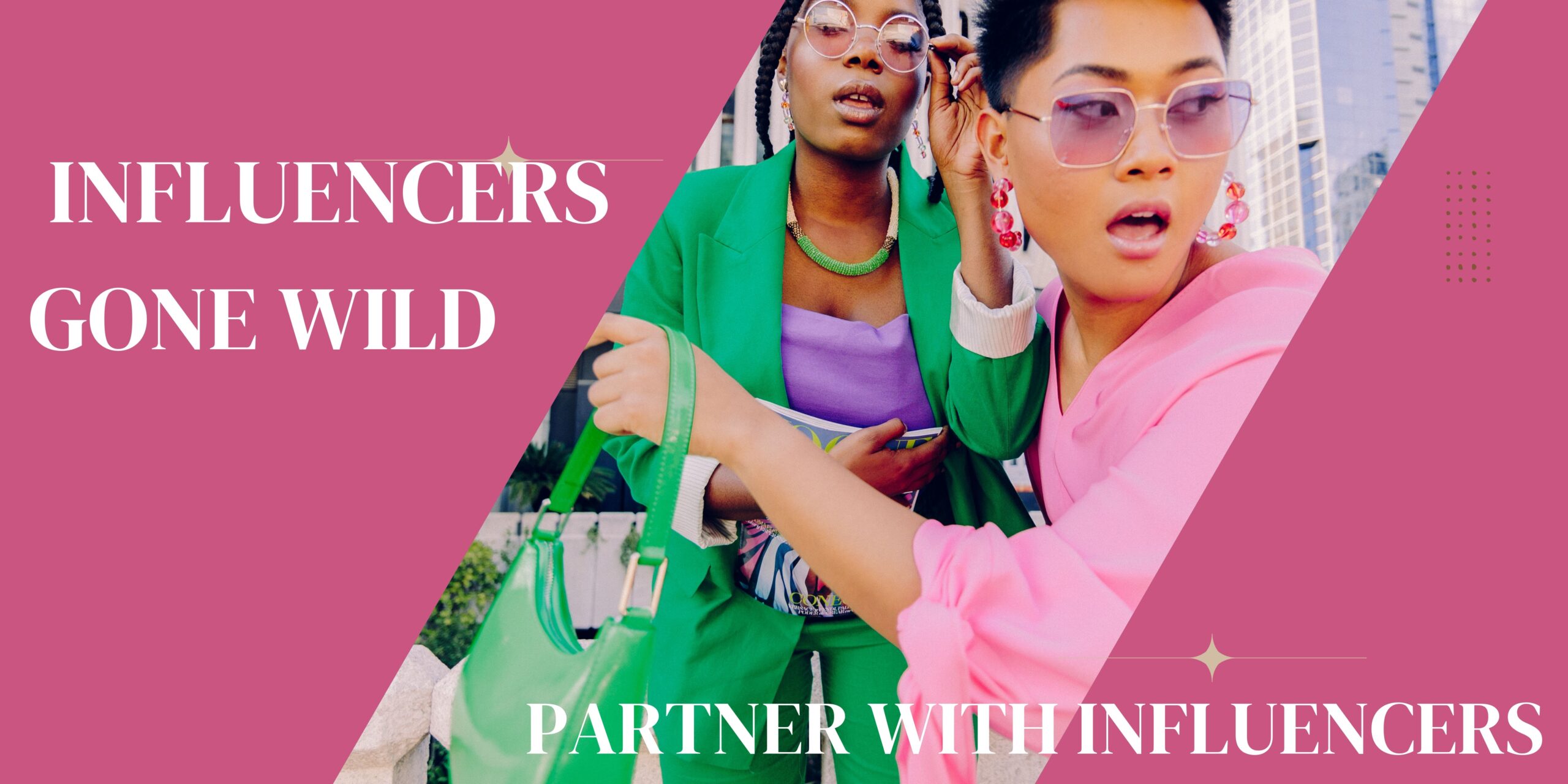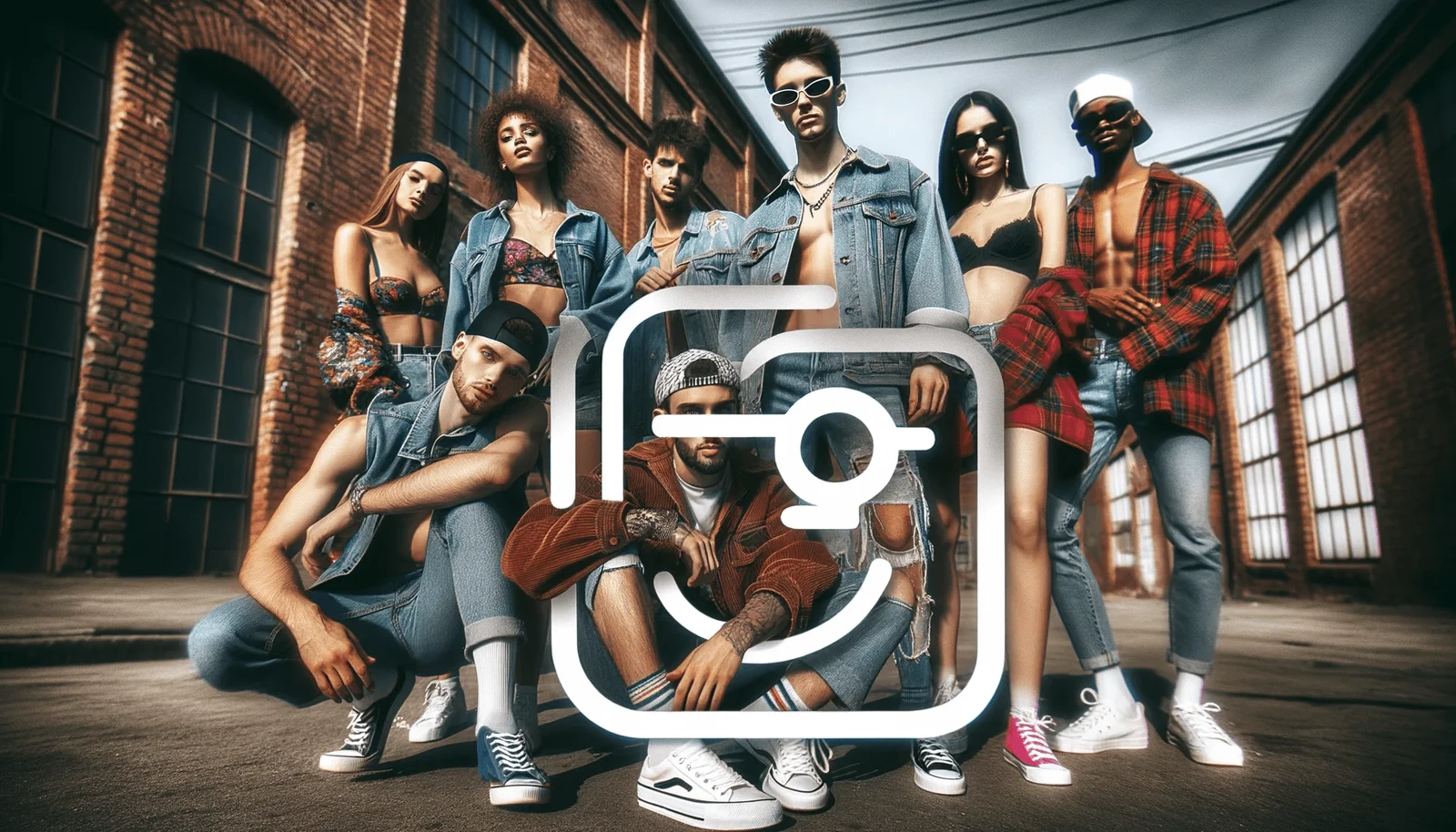Influencers Gone Wild: The Risks & Rewards
Is the pursuit of virality and engagement leading to the erosion of authenticity and ethical boundaries in the world of social media influencers? The "influencers gone wild" phenomenon is a stark reminder that the quest for likes, shares, and followers can sometimes come at a steep price: credibility, reputation, and even legal repercussions.
The digital landscape has been irrevocably altered by the rise of influencer marketing. Social media platforms have become fertile ground for individuals to cultivate massive followings and wield considerable influence over consumer behavior. Brands, recognizing the power of this new form of celebrity, have invested heavily in partnerships with influencers, leveraging their reach to promote products and services. However, this symbiotic relationship is increasingly being tested by a trend that has come to be known as "influencers gone wild." This phrase encapsulates the moments when influencers cross the line, engaging in behaviors that are shocking, controversial, or simply outside the norms of acceptable conduct.
These incidents, ranging from public meltdowns and insensitive comments to risky stunts and inappropriate content, raise critical questions about the ethics of online influence and the responsibilities of those who wield it. The "influencers gone wild" phenomenon is not just a collection of isolated incidents; it's a symptom of a deeper issue the pressure to maintain relevance and the relentless pursuit of engagement in an oversaturated market. The constant need to stand out, to capture attention in a sea of content, can drive influencers to take drastic measures, sometimes with devastating consequences.
- Ben Robertssmith Age Controversy Legal Battles Explained
- Steve Pemberton Age Net Worth More Your Complete Guide
To better understand the scope of this phenomenon, let's examine some of the most prominent examples of "influencers gone wild." While specific names and details will vary, the common thread is a pattern of behavior that deviates from the curated image typically presented by influencers. This can manifest in several ways:
- Public Scandals: High-profile incidents, such as public arguments, inappropriate remarks, or instances of harassment, that damage the influencer's reputation and can lead to a loss of brand partnerships and audience trust.
- Controversial Content: Posting or engaging with material that is deemed offensive, insensitive, or discriminatory, resulting in widespread criticism and potential backlash.
- Risky Stunts: Undertaking dangerous or reckless activities for the sake of entertainment or engagement, potentially endangering the influencer and others involved, and facing legal repercussions.
- Unethical Behavior: Participating in practices that violate ethical guidelines, such as promoting misleading products, engaging in deceptive advertising, or failing to disclose conflicts of interest.
The impact of these incidents extends beyond the individual influencer. For brands, "influencers gone wild" presents a significant risk. A controversial action by an influencer can quickly damage the brand's image, leading to a loss of consumer trust and potentially impacting sales. As a result, brands are increasingly cautious in their partnerships, conducting thorough background checks and implementing stricter vetting processes.
Here's a look at a hypothetical example of an "Influencer Gone Wild" case, and associated information presented in a table format (this is illustrative and does not represent any specific individual). For more comprehensive details about specific individuals and incidents, you can find reliable information from credible news sources and investigative journalism outlets.
| Category | Details |
|---|---|
| Name (Hypothetical) | Avery Sterling |
| Social Media Platform | Instagram, YouTube |
| Known For | Fashion, Beauty, Lifestyle |
| "Gone Wild" Incident | Publicly made insensitive comments regarding a sensitive social issue, leading to a significant backlash and criticism from followers. Lost partnerships with multiple major brands. |
| Career Impact | Suffered a significant decline in followers, engagement, and brand partnerships. Reputation severely damaged, making it difficult to regain trust. |
| Legal/Financial Ramifications | Potential loss of income from brand deals and sponsorships. Depending on the nature of the comments, there could be other legal actions, for example, defamation lawsuits. |
| Public Response | Widespread criticism and calls for accountability. Many followers expressed disappointment and a loss of faith. |
| Lessons Learned | The importance of careful consideration of social issues before voicing opinions publicly. The need for influencers to understand their responsibilities and the consequences of their actions. |
| Reputation Management | Public apologies, efforts to educate themselves and show growth. |
| Source(For Hypothetical) | Example.com/InfluencerGoneWild (Replace with actual credible source) |
The phenomenon of "influencers gone wild" is a direct consequence of the pressure to maintain engagement. The content that once captivated audiences, from fashion hauls and makeup tutorials to fitness routines, now struggles to stand out in a crowded landscape. This drives some influencers to push boundaries, seeking to shock or provoke in an effort to stay relevant. Sometimes this manifests in public meltdowns, posting insensitive or controversial content, or getting into legal trouble.
For those on the front lines of content creation, the desire to stand out, to attract attention, and to maximize earnings can lead to risky decisions. Some influencers deliberately court controversy, understanding that negative attention, while damaging to their reputation in the long run, can provide a short-term boost in engagement. Others react impulsively, allowing their emotions or personal issues to spill over into their online presence, often with disastrous results.
The consequences of "going wild" can be severe. Damage to reputation, loss of brand partnerships, and legal consequences are all potential outcomes. Some influencers have faced intense public backlash, leading to a significant decline in followers and a loss of income. In extreme cases, influencers have been forced to deal with legal action, including defamation lawsuits or even criminal charges.
The impact of these incidents extends beyond the individuals involved. The "influencers gone wild" phenomenon has forced brands to re-evaluate their partnerships. Many companies now conduct background checks before collaborating with influencers, and some are implementing stricter guidelines to prevent unethical behavior. The rise of accountability has also prompted social media platforms to implement stricter guidelines to curb unethical behavior.
The "influencers gone wild" phenomenon serves as a case study in the power and pitfalls of digital fame. It highlights the importance of authenticity, ethical behavior, and a strong sense of responsibility in the world of online influence. Learning from these moments is vital for both influencers and those who engage with their content.
The rise of the "influencer gone wild" phenomenon also presents important questions about the future of influencer culture. The industry is evolving, and the current trends suggest that the emphasis is shifting toward authenticity, transparency, and accountability. The most successful influencers of the future will be those who can build genuine connections with their audiences, demonstrate ethical behavior, and take responsibility for their actions. This evolution will require both influencers and the platforms that host them to re-evaluate their approaches and ensure that the pursuit of virality does not come at the expense of ethical behavior and responsible content creation.
As more people become aware of the "influencer gone wild" phenomenon, brands and audiences are beginning to demand greater accountability. The need for constant engagement in an oversaturated market creates a pressure cooker environment where drastic steps are seen as necessary for survival. This phenomenon underscores a fundamental truth: social media stardom is not a free pass, but a responsibility that comes with potential consequences.
The "influencers gone wild" phenomenon, in its broadest sense, is a reflection of the human condition. The drive for recognition, the desire to belong, the temptation to push boundaries, and the fear of irrelevance are powerful forces that can influence behavior. While it can be exciting to watch influencers create dramatic content and push boundaries, it is essential to remember that these are real people with real consequences for their actions.
Ultimately, the future of influencer culture depends on the choices made by influencers, brands, and social media platforms. By embracing ethical behavior, promoting transparency, and prioritizing genuine connections with audiences, the industry can navigate the challenges of the "influencer gone wild" phenomenon and build a more sustainable and responsible future for online influence.
The concept of "influencers gone wild" shows us both the power and the pitfalls of social media fame. It demonstrates the importance of building a strong reputation and the consequences of disregarding ethical guidelines. As the online world evolves, it's vital to remain vigilant and to remember that behind every curated post and filtered image, there is a real person with real responsibilities.
- Jacob Runyans Net Worth 2024 Unveiling The Fishermans Wealth
- Daniel Ashville Louisy Net Worth Bio More What You Need To Know

Unleashing The Wild Side Uence Gonewild's Tantalizing Secrets Revealed
Influencers Gone Wild 2023 *Shocking Tales of Misconduct & Scandal in

Influencer Gone Wild The Untamed Side of Social Media Stardom